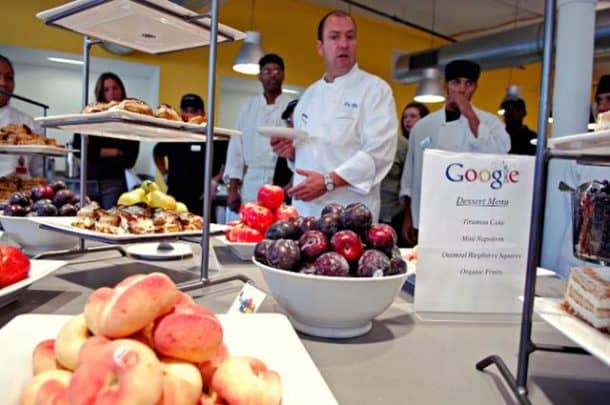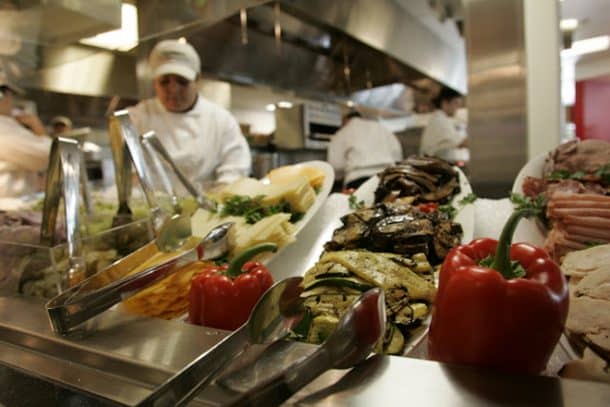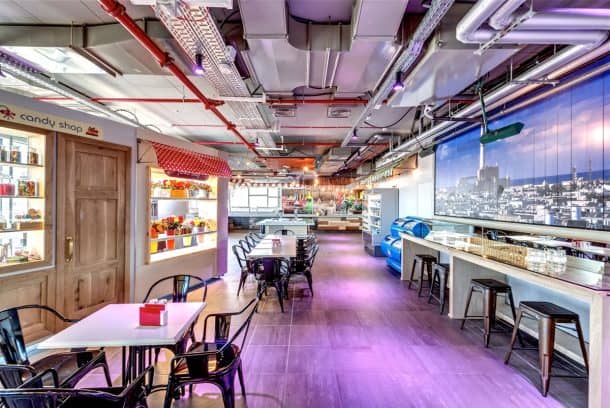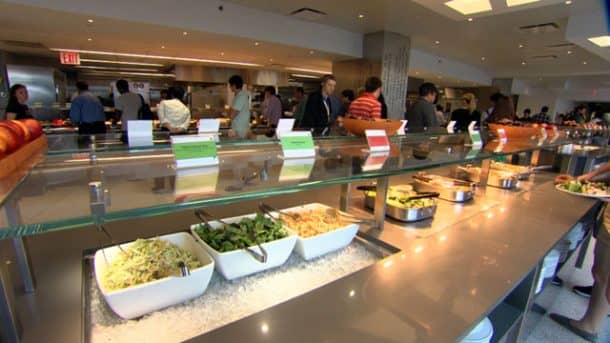If you work in a place where your company does not even offer you tea or coffee for free on office grounds, you are bound to envy people working at tech companies like Google and Facebook that get a million perks with their well-paid jobs. You would think that the company invests a lot of money for providing food and entertainment to their employees, but the truth is that it is just a way of saving the company more money. Sounds counter intuitive, doesn’t it?

Free food at the company is one of the many other perks that include laundry machines, ping pong tables, massages, and lots of other ways of entertainment. The sole purpose of providing everything is enhancing productivity. If an average Google employee gets paid around $300,000 a year, including salary and benefits, it accounts for 2,000 working hours, working 40 hours every week for 50 weeks. Putting it simply, an average software engineer costs Google about $150 an hour, and that one person waiting in a checkout line will cost the company $2.5 every minute. Each meal for a single employee may cost $5 to the company, and they would still be saving $45 on labor hours. The same food is also meant to keep the employees healthier, strategically placing sugary foods and beverages away from sight, and placing the healthier ones at eye level.

Food, especially when it is free, can make most people happy, and so can arcade games, sports, or anything that a person enjoys. A happier person means a more productive employee for the company and all the perks also serve as a great recruiting tool. Google or any tech company of the sort is sure to attract skillful employees, just for their reputation and exposure, and obviously the good salaries.

Another important factor is the infrastructure of the city where the company’s campus is located. If it is in a big city like California or New York, the city might be able to accommodate and provide food places within a close distance of the campus to thousands of its employees. In places like Palo Alto, the surrounding infrastructure is at least at a few minutes of drive away and is still not capable of providing food to a large number of visitors all at once.

Google also uses food to bring people closer. Food is one love that most of the world has in common. The cafeterias accommodate for everyone’s food needs, offering things in different tastes, and catering for dietary restrictions as well. Little snack bars that are referred as “micro kitchens” are placed between various teams to share and cross-pollinate ideas on the go. Oh! And the cafeterias don’t provide a place to sit and eat alone, so you are bound to interact with many other people that you might never see otherwise.


